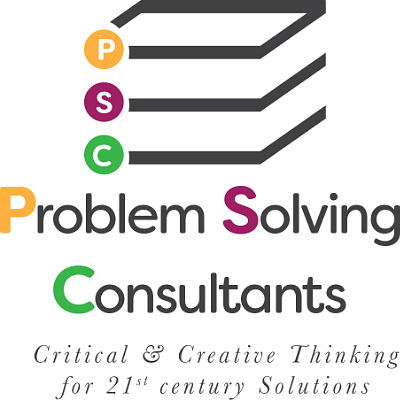We talked in Part I about preparing for the performance appraisal meeting. In Part II, let’s look at a couple of strategies you might consider for the actual meeting.
It’s hard not to think in some situations that the performance appraisal review with a difficult employee won’t deteriorate to a confrontation. If the employee weren’t having or displaying problem behaviors there wouldn’t be a need to prepare for a difficult meeting, right? Even though you prepare for a confrontation, your tone of voice and body language need to be as neutral as possible. If you go into the meeting loaded for bear that message will come through clearly and nothing will be accomplished. Before the meeting take a couple of moments to take a deep breath and calm yourself. It really does work.
When the meeting begins, clearly state the purpose of the meeting. This is a performance appraisal meeting and it is about the employee, not about you. Also remember that this is not a negotiation meeting. As the supervisor you have observed good things and areas where improvements could be made. Start out with a positive comment, if possible. For example, if the employee has shown improvement in an area that was discussed during the last review period, make note of that.
In as even a tone of voice as possible, describe the areas where improvements are needed. Again, if progress has been made, reiterate that. But if there are areas which were brought to the employee’s attention and which did not show improvement during the recent review period that needs to be discussed. Keep your focus on the facts. Whenever possible, give specifics as to dates and times when tasks were not completed or submitted late. Detail the problems areas with as much specificity as possible. You’re never going to be voted as supervisor of the year but you’ll have the satisfaction of knowing that you’ve done the best job you can under difficult circumstances.
End the discussion of the performance on as positive a note as possible. Compliment a positive skill. Next, set an interim review date to monitor the progress. Work with the employee to set a time that will allow the employee to make the required changes in performance and to establish a positive track record.
